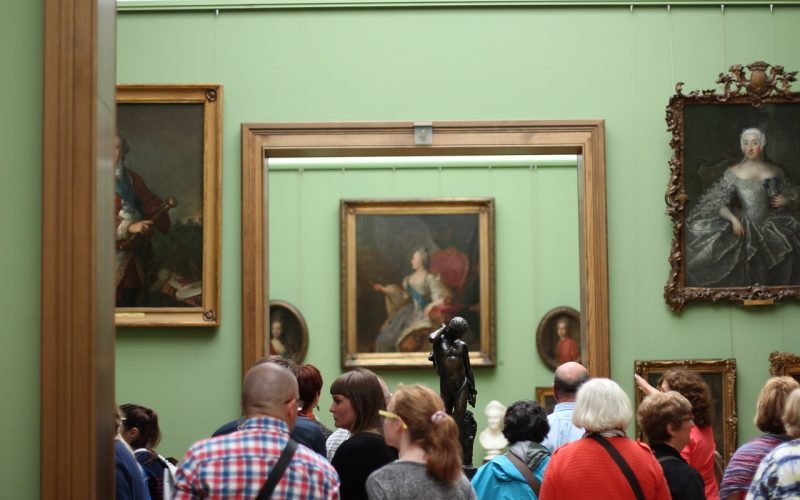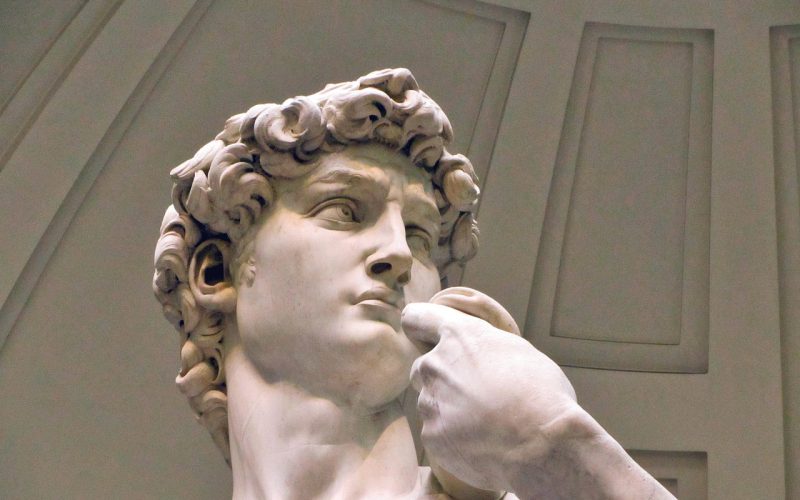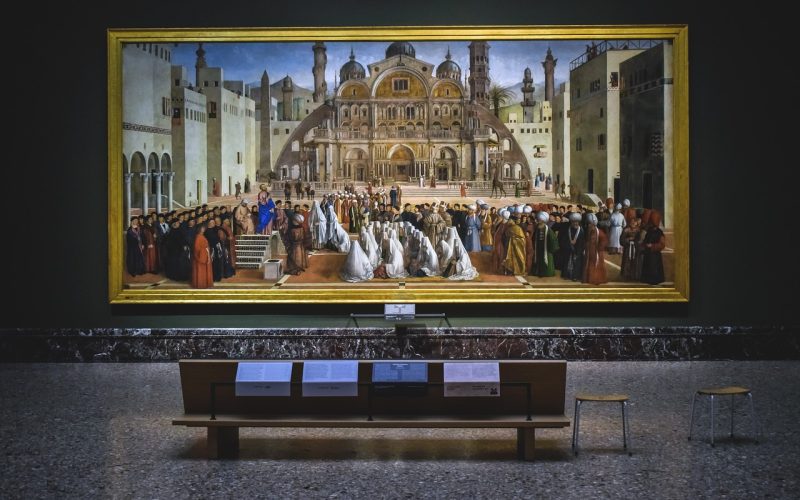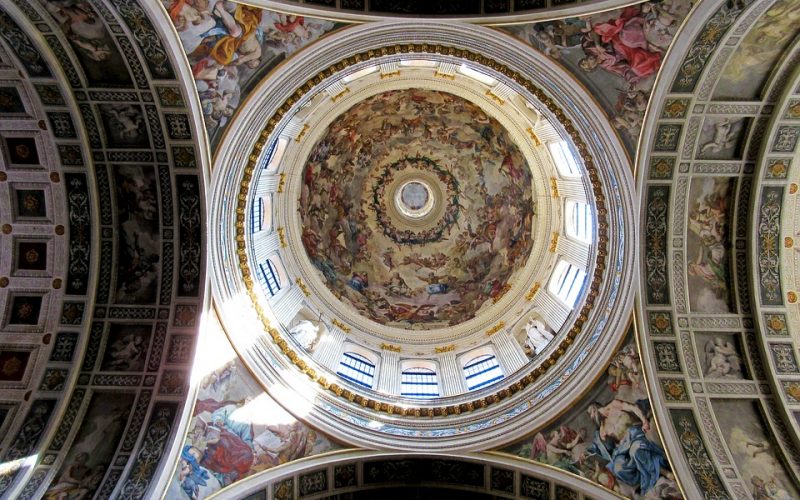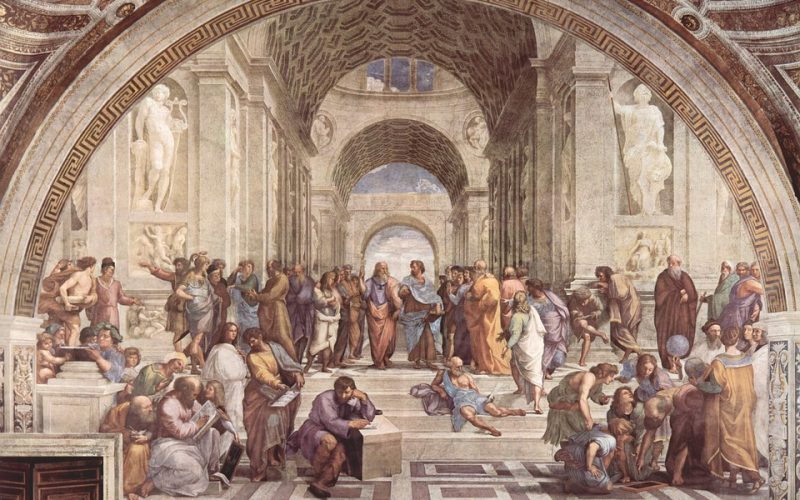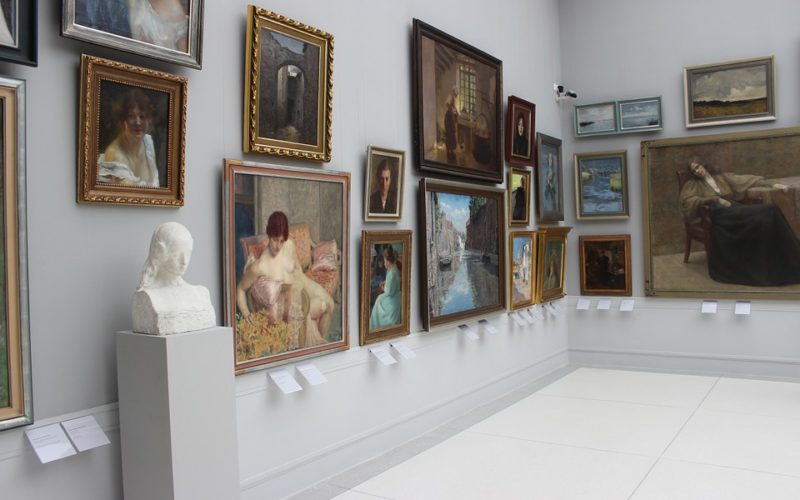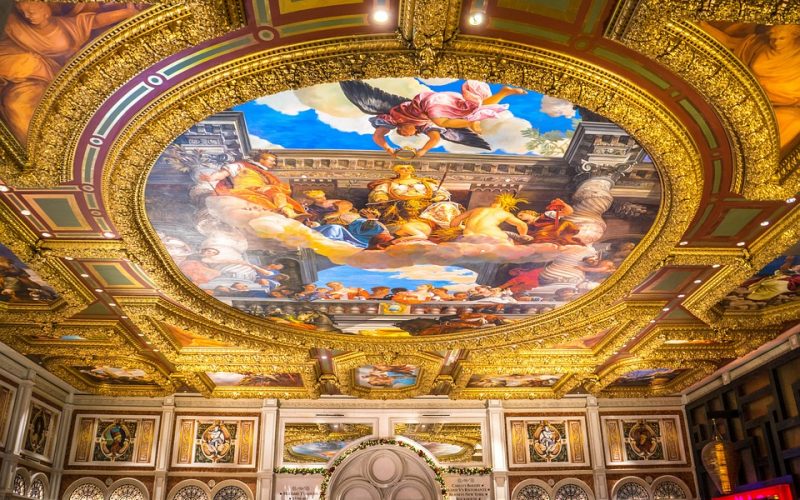Paintings by the Dutch masters from the 17th century, often referred to as the Dutch Golden Age, have captivated art enthusiasts and historians for centuries. Known for their meticulous attention to detail and innovative use of light, these works offer a window into the society and culture of the time. With their unique ability to capture everyday life in extraordinary detail, the Dutch masters have left an indelible mark on the world of art.
Understanding the Dutch Golden Age
The Dutch Golden Age was a period of great wealth and cultural growth in the Netherlands, spanning roughly the 17th century. During this time, the country became a hub of trade, science, military prowess, and art. The flourishing economy allowed a growing middle class to commission artworks, leading to an unprecedented demand for paintings. This era produced a plethora of masterful artists such as Rembrandt van Rijn, Johannes Vermeer, Frans Hals, and Jan Steen, who were pivotal in shaping the artistic landscape of the time. Each brought something unique to their craft, contributing to a diverse yet cohesive art movement that has continued to fascinate audiences worldwide.
The power of light and shadow
One of the most captivating aspects of paintings by the Dutch masters is their innovative use of light and shadow, or chiaroscuro. This technique, which uses sharp contrasts between light and dark, was harnessed to create a sense of depth and volume in their works. Rembrandt, perhaps the most celebrated practitioner of chiaroscuro, used this method to infuse his portraits with a profound sense of realism and emotional depth. His famous work, "The Night Watch," exemplifies this technique, where play of light directs the viewer's attention to specific focal points, enriching the narrative quality of the scene.
Portraits of everyday life
The Dutch masters are renowned for their ability to depict everyday life with stunning accuracy and emotional resonance. Unlike their contemporaries in other parts of Europe, who often focused on religious or mythological subjects, Dutch artists chose to portray domestic scenes, landscapes, and still lifes. Vermeer's "The Milkmaid" is a quintessential example of this genre, capturing a simple domestic chore with grace and serenity. The realism in these paintings allows viewers to connect with the subjects on a personal level, evoking emotions that transcend time and place.
Mastery of detail
The Dutch masters were unparalleled in their attention to detail, a skill that enabled them to bring even the most mundane objects to life. Every brushstroke was deliberate, contributing to the overall composition and effect. This meticulousness is evident in still life paintings, where artists like Pieter Claesz and Willem Kalf rendered objects with such precision that they seem almost tangible. These paintings often included vanitas symbols—a reminder of the transient nature of life—served as moral reflections on the ephemeral nature of worldly possessions and human life itself.
The influence on modern art
The legacy of the Dutch masters extends far beyond their own time, influencing countless artists and movements in subsequent centuries. Their innovative techniques and perspectives can be seen in the works of later artists like Vincent van Gogh, who admired their use of colour and light. The realism and attention to detail championed by the Dutch masters have also inspired contemporary artists who strive to depict life with authenticity and emotional depth. Their contributions continue to be studied and revered, underscoring the timeless appeal of their art.
A testament to cultural richness
The allure of paintings by the Dutch masters lies in their remarkable ability to capture the essence of their time while transcending it. Through their mastery of light, detail, and everyday subjects, they crafted works that resonate with audiences across the ages. These paintings serve not only as artistic masterpieces but also as cultural artefacts, providing insights into the values, beliefs, and daily life of the Dutch Golden Age. The enduring fascination with these works is a testament to their creators’ skill and vision, ensuring their place in the pantheon of great art for generations to come.
